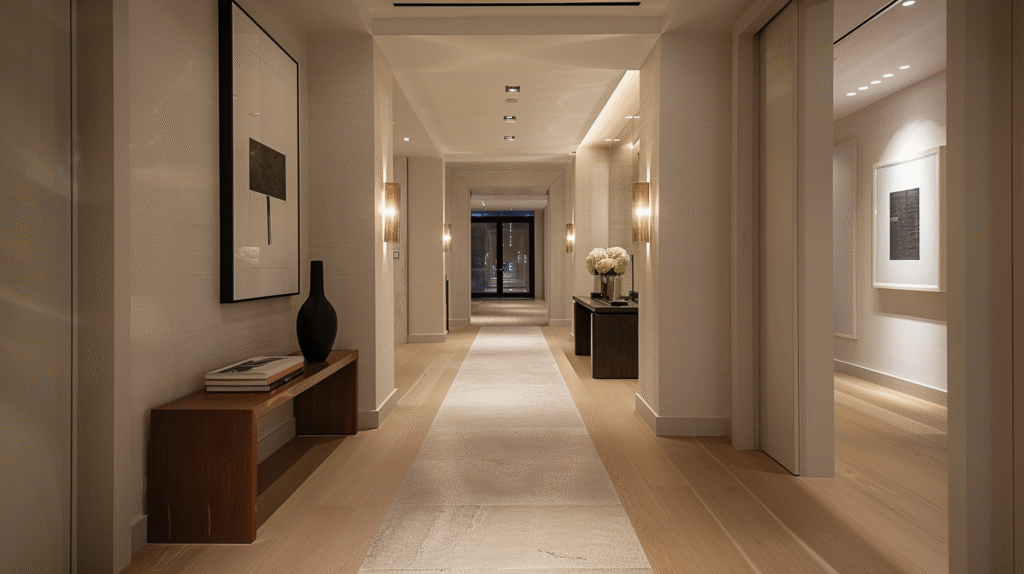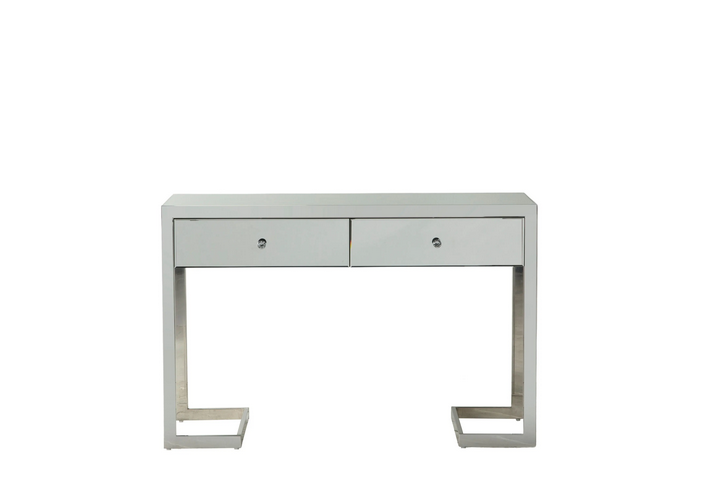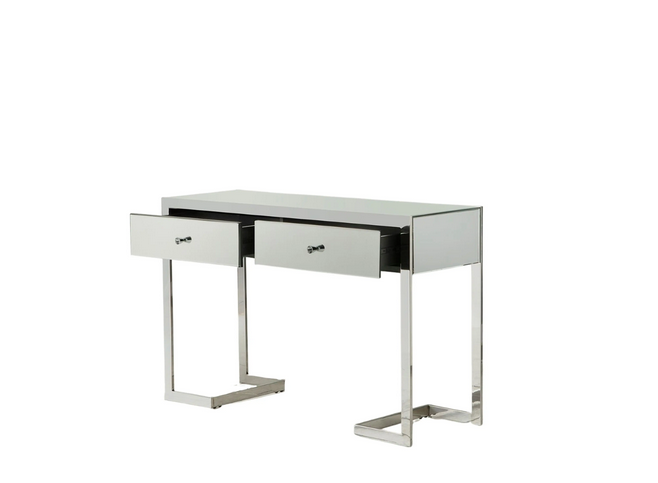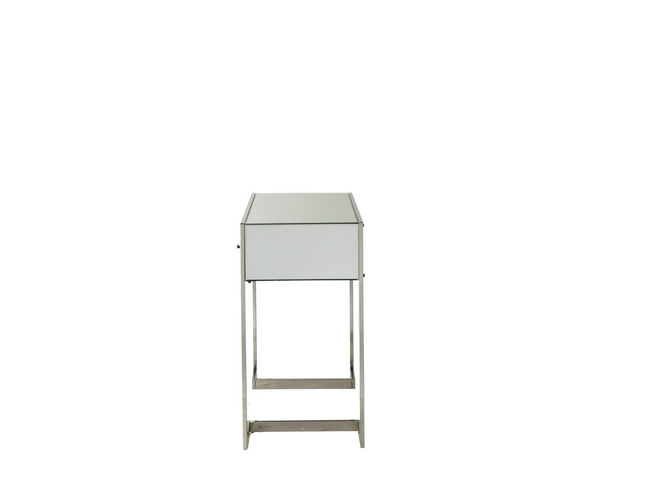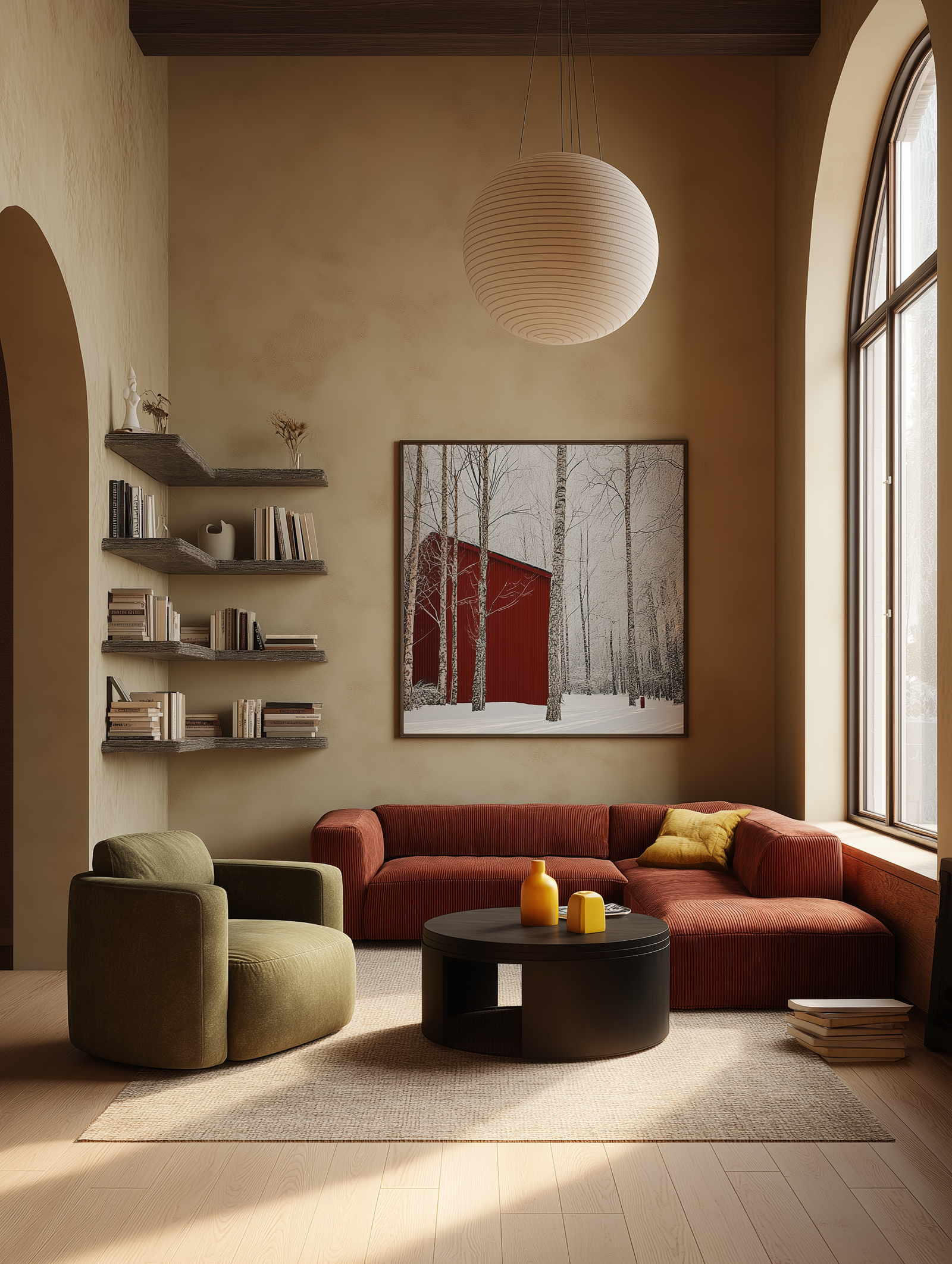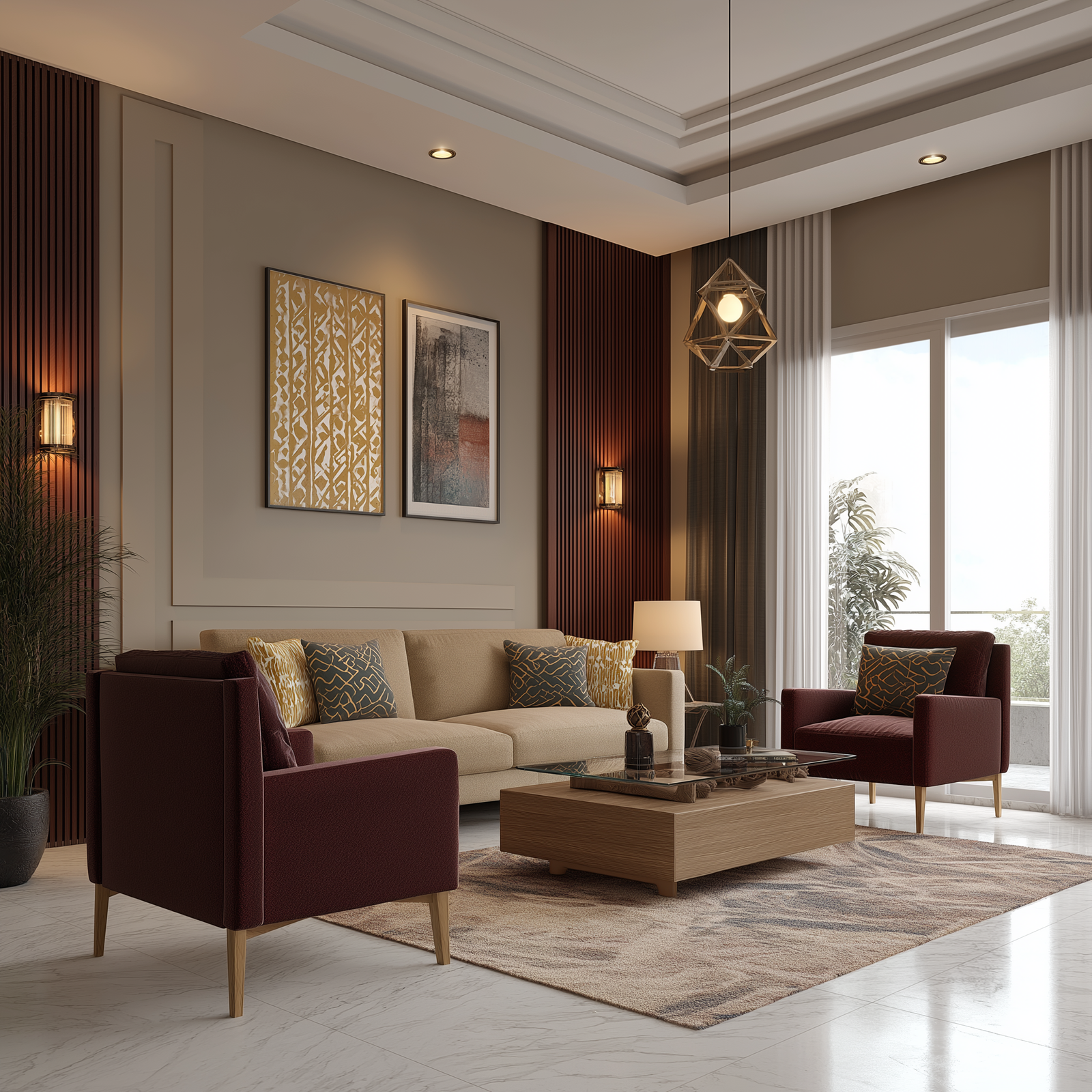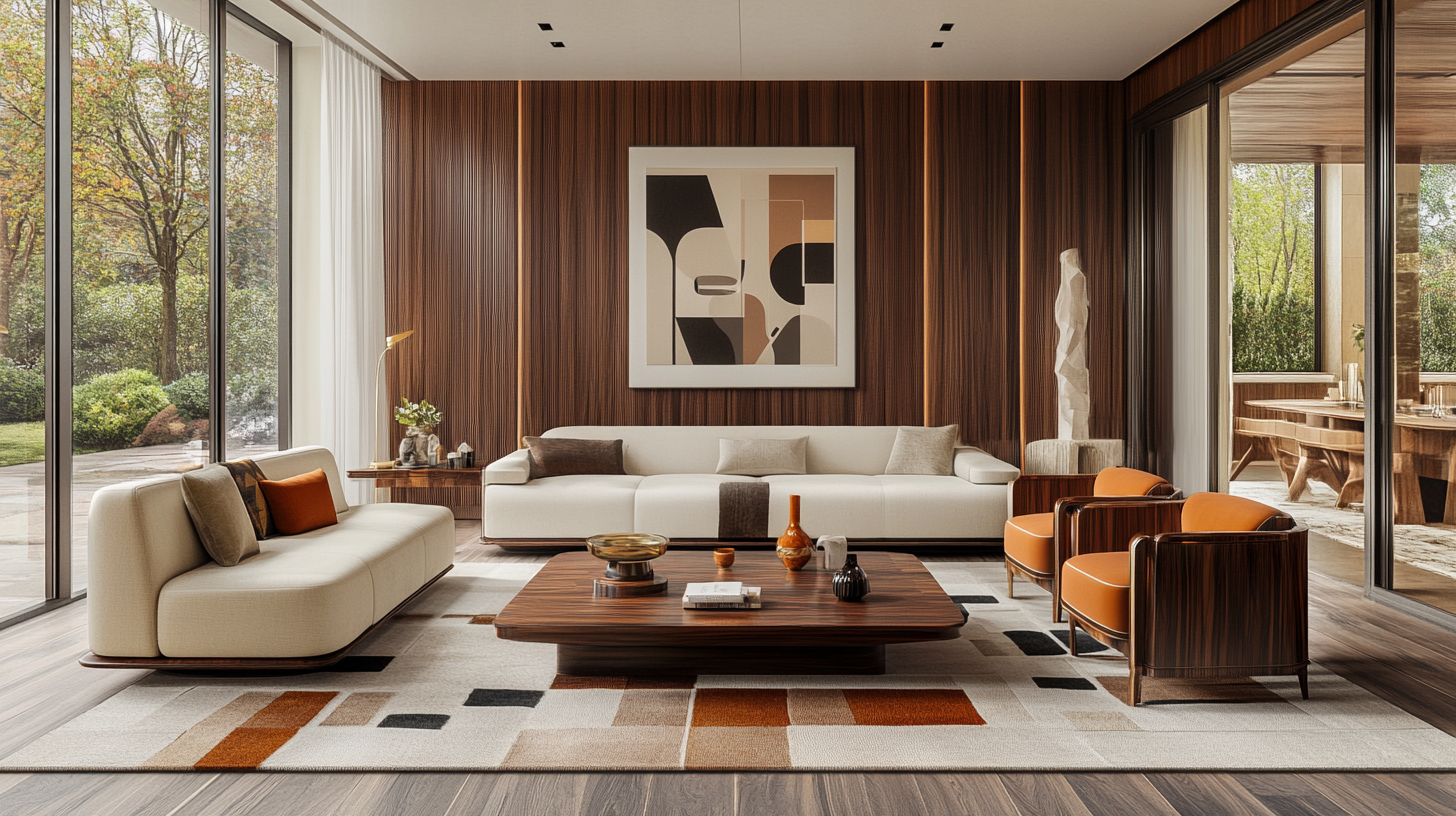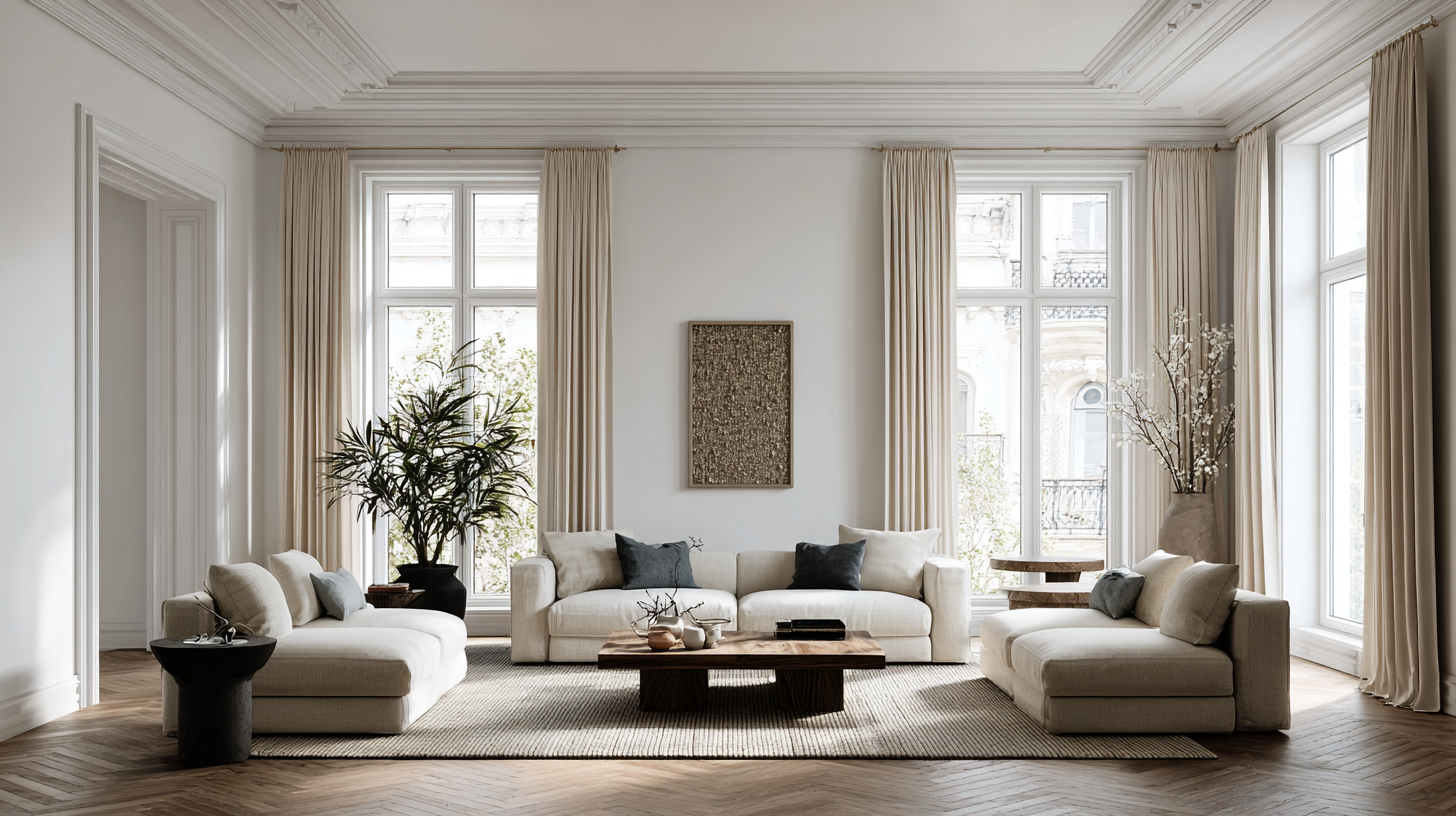From Tunnel to Treasure: A Designer’s Roadmap to Beautiful Hallways
Long, narrow hallways are the unsung heroes of a home — a circulation path that too often feels like an afterthought. This post turns that problem into possibility by showing practical, stylish, and repeatable long narrow hallway decorating ideas that designers swear by. You’ll get a clear plan for making a long corridor feel wider, brighter, and intentionally curated — without expensive renovations. Expect both quick styling moves and slightly more involved tweaks (lighting placement, clever storage, built-ins, and painted focal treatments) so you can pick what fits your budget and DIY comfort level.
In this post we’ll cover six deep-dive subtopics (each with step-by-step tips, material suggestions, and styling cues):
Optical tricks: paint, ceiling treatments, and floor runs that widen perspective.
Lighting strategy: layering light in a tight linear space to dissolve the tunnel effect.
Slimline furniture & built-ins: storage that reads light and slim so movement stays free.
Gallery and wall treatments: how to use art, panelling, and moulding to make the space feel intentional.
Texture & runner strategies: rugs, textiles, and tactile details that draw the eye and break length.
Functional styling (drops, benches, plants): making the hallway both useful and beautiful.
Each subtopic that follows unpacks real-world examples, actionable shopping specs, and styling dos & don’ts so you can implement the long narrow hallway decorating ideas that actually work in lived-in homes. For tried-and-tested inspiration and further technical detail, this post also draws on best-in-class articles from design editors and longform how-tos.
-





Bathong Abstract Framed Canvas
£160 Add to cart -

Beryl Pendant – Large
£1,182 Add to cart -




Olivia Console
£2,046 Select options This product has multiple variants. The options may be chosen on the product page
Optical tricks: paint, ceilings, and floorlines
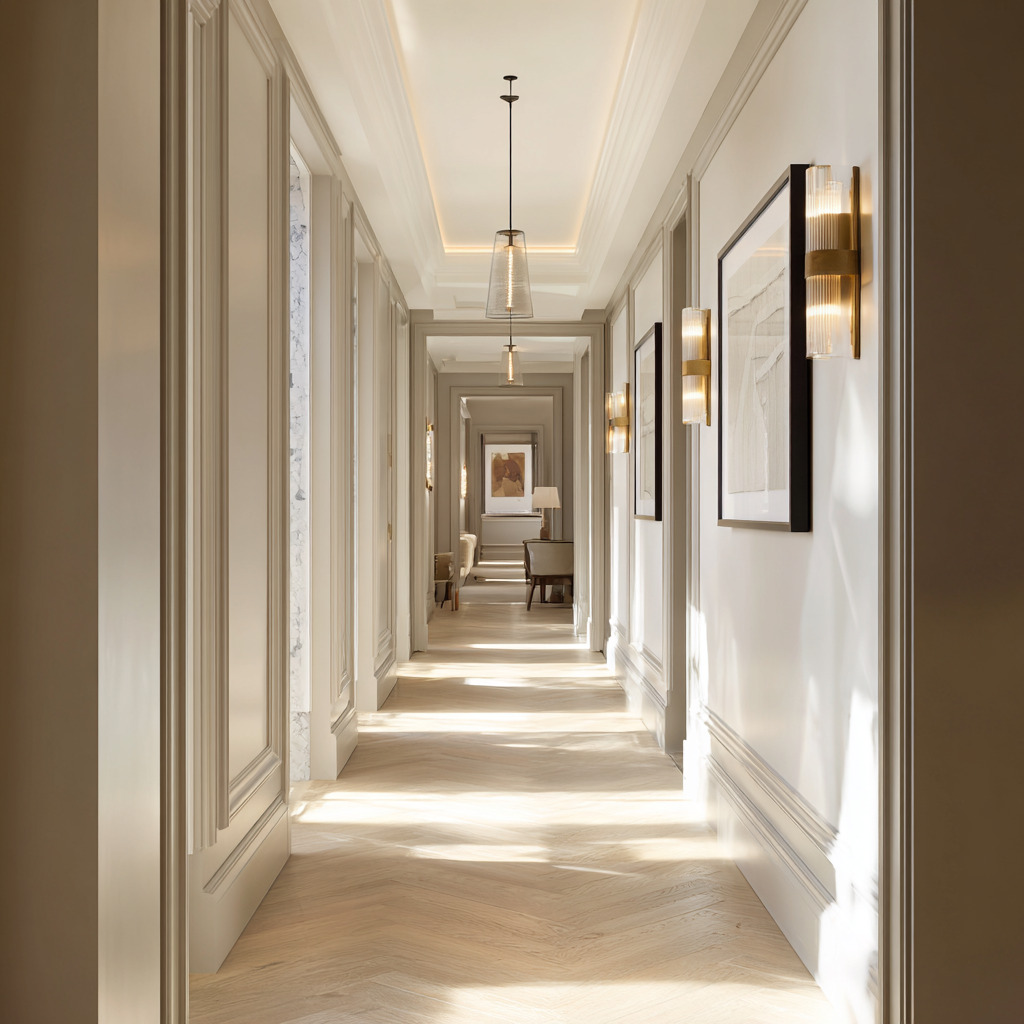
A little visual geometry goes a long way in turning physics into perception. The core idea is to guide the eye across the plane in ways that shorten perceived length or widen perceived width. One of the easiest long narrow hallway decorating ideas is to treat the ceiling as a distinct plane: paint it a slightly lighter or contrasting tone than the walls, or add a subtle stripe that runs across the hall to break the relentless vertical repetition. Use a satin or eggshell finish; it reflects light and looks more expansive than flat paint.
Another impactful move is the floor run. A runner rug can either accentuate length (if the runner and its pattern march straight down the hall) or create breadth (if the runner is slightly wider with a border that visually pushes to the sides). Consider experimenting with a runner whose pattern has transverse motifs — thin horizontal banding — which gives the eye short beats instead of one endless line. When you install wood or tile, lay planks perpendicular to the hall’s length to visually widen the corridor; this simple installation choice is one of the most underused long narrow hallway decorating ideas because it requires a little planning but yields a major optical payoff.
Trim and moulding also function like optical punctuation. A dado rail or wainscot — especially when painted in a mid-tone below and lighter above — divides the vertical run, and that one-third placement tricks the eye into reading the walls as composed volumes instead of a long slab. To push the effect further, add thin vertical or horizontal picture-rail moulding to create rhythm. If you prefer a bolder option, a feature wall at the far end with a saturated color or patterned wallpaper acts like a visual target that shortens the distance; thinking in terms of destinations, not corridors, is a key principle for effective long narrow hallway decorating ideas.
Lighting and reflective surfaces amplify paint and flooring choices. A glossy skirting or a subtle sheen on picture frames will bounce light; small mirrored panels can be used sparingly to create glimpses of depth. Finally, avoid low-contrast monotone schemes that make the hallway feel like a tunnel — instead, design with deliberate breaks and focal points that give the eye places to rest.
Lighting strategy: layer it, place it, and make it glow

Lighting transforms architecture into atmosphere. In long narrow halls the single worst mistake is relying on a lone overhead fixture; a single light source emphasizes the linear geometry and deepens the tunnel effect. Instead, layer ambient, task, and accent lighting to create depth and visual pauses — a core family of long narrow hallway decorating ideas.
Start with ambient light: recessed downlights spaced evenly create even illumination without bulky fixtures intruding into the visual plane. If you have a higher or decorative ceiling, a low-profile pendant or a subtle flush mount can work, but keep scale small and rhythm steady. Next add wall-mounted sconces at eye level to add warm pools of light and to break the wall into a sequence of lit moments. Sconces also create shadow play and texture, which make the corridor feel intentional rather than purely functional.
Accent lighting is where designers get creative. Picture lights for artwork, LED strip lighting under floating shelves, and uplights aimed at architectural details create layered focal points. A backlit niche or an illuminated alcove at the hall’s end draws attention forward and shortens perceived length — a clever application of long narrow hallway decorating ideas. Don’t forget practical task lighting near functional elements: a small pendant above a bench or a shelf with downlights for a key-drop zone makes everyday life easier and prettier.
Light temperature matters. Cooler, clinical light emphasizes sterility and distance; choose warm white (2700–3000K) for hallways to feel welcoming. Use dimmers to control mood — brighter when you need to find keys, softer during evening transitions. Finally, prioritize natural light where possible: a frosted-glass door, clerestory window, or transom above a doorway can feed daylight into the hall and massively improve perceived space. Thoughtful placement and layering of light is one of the most reliable long narrow hallway decorating ideas to deliver both comfort and drama.
-
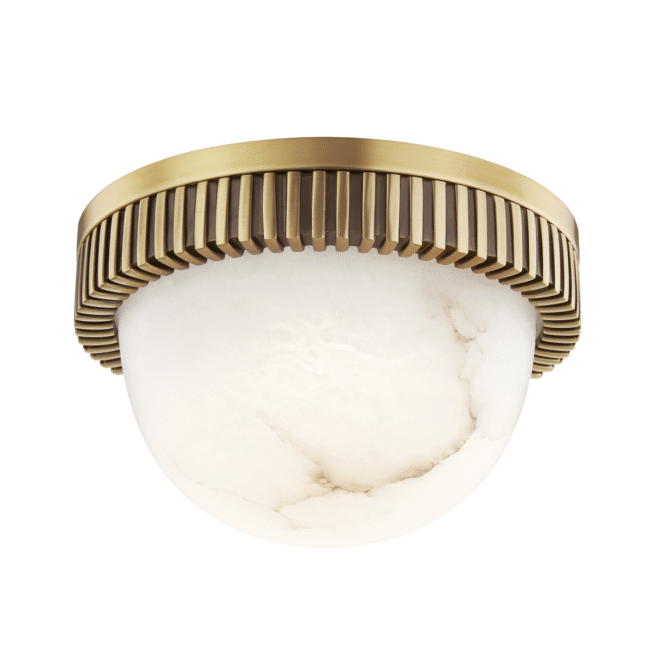
Ainsley Flush Mount
£726 Add to cart -
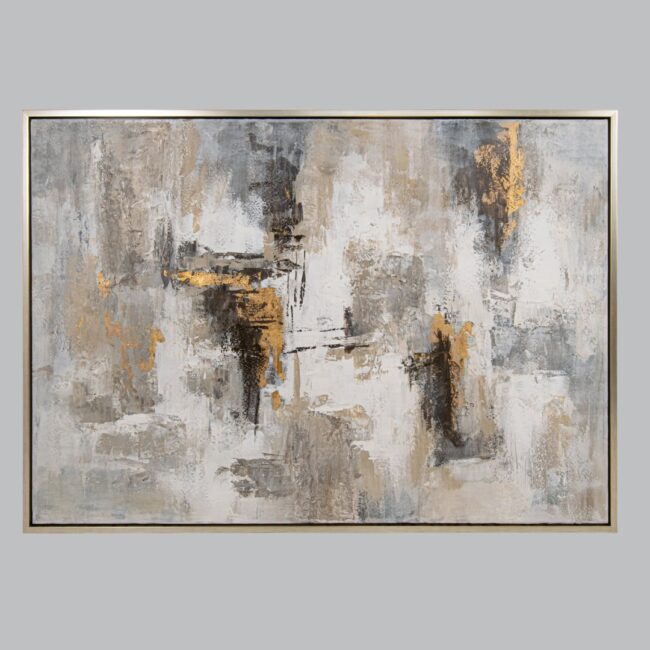
Buckhurst Canvas
£479 Add to cart -
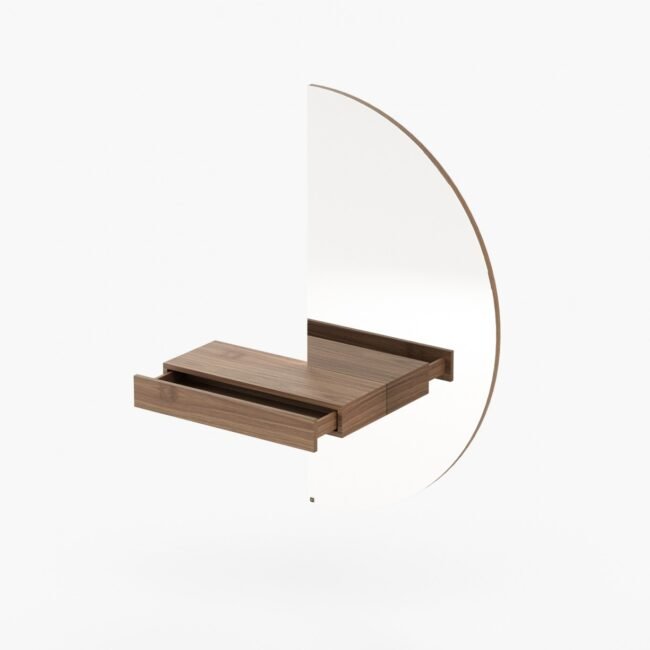
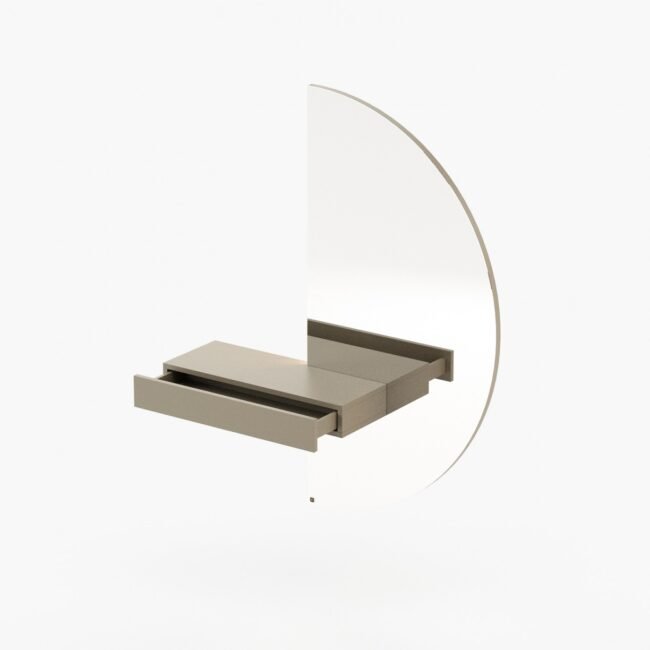
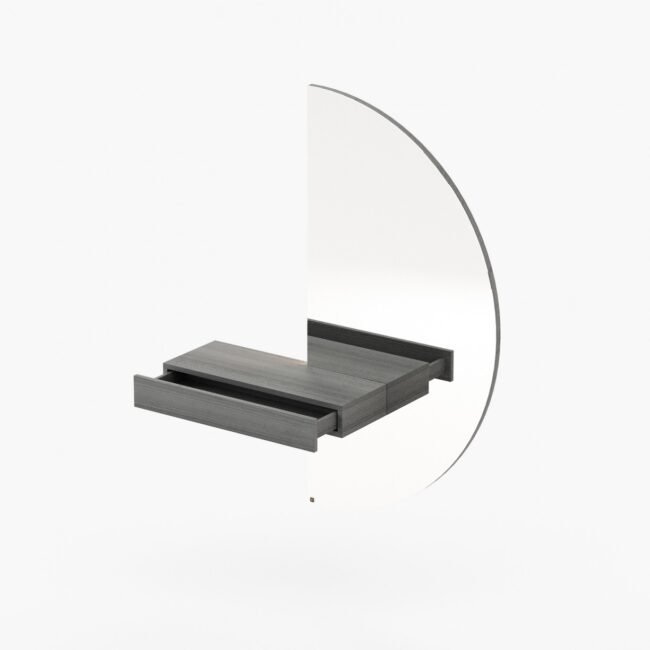

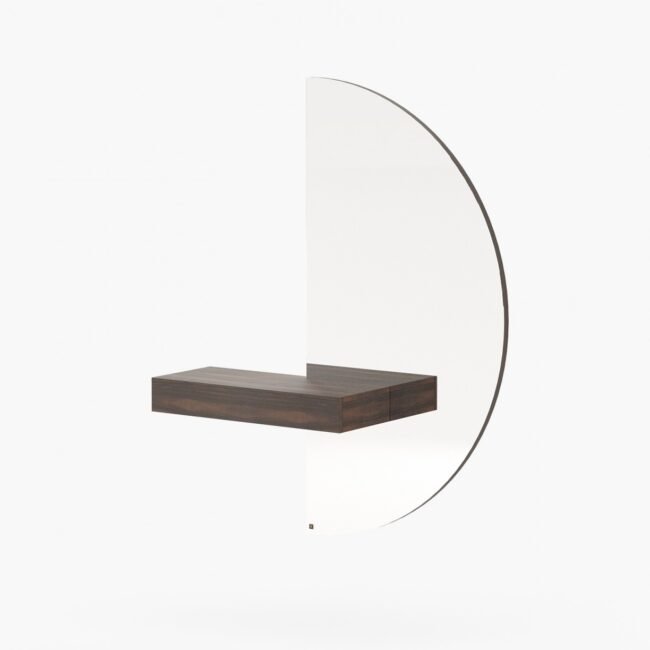

Eos Circular Console
£1,847 – £2,711Price range: £1,847 through £2,711 Select options This product has multiple variants. The options may be chosen on the product page
Slimline furniture & built-ins: storage that breathes

Clunky furniture kills circulation. The design rule here is: choose pieces that float, use vertical surfaces, and keep the floor plane as open as possible. That’s the DNA behind satisfying long narrow hallway decorating ideas — slim console tables, floating shelves, and built-in niches that serve function without bulk.
Slim consoles with open legs read visually lighter than closed cabinets and give you a drop zone without blocking movement. When you need closed storage for mail or shoes, prefer shallow-depth cabinets (10–14 inches) and recessed panels built into the wall; custom shallow built-ins make a hall feel curated rather than crowded. A wall-mounted peg rail or a series of hook strips replace the need for a coat closet and honor the hallway’s narrow footprint.
Benches are helpful, but select one with slender legs or a built-in recessed bench to avoid encroaching on walk space. If a bench is necessary, tuck storage underneath — baskets or shallow drawers — to keep clutter at bay. Open shelving should be pared down to a few curated objects and closed storage boxes; too many small items create visual noise and the illusion of chaos in a compressed environment.
Consider multifunction and dual-purpose elements: a slim console with an integrated mirror eliminates the need for a separate piece, and a bookshelf that becomes a room-divider at the hall’s end can create a destination. Built-in lighting within shelves adds depth and showcases objects without occupying floor area. These strategies — choosing low-profile, suspended, or recessed furnishings — are practical long narrow hallway decorating ideas that preserve movement while adding purpose and personality.
Gallery and wall treatments: editing, rhythm, and scale

Walls in a long corridor are a designer’s canvas. But the wrong approach — too many small frames, inconsistent spacing, or heavy, oversized pieces — will amplify the hall’s narrowness. The trick is rhythm: edit, scale, and align.
For framed art, aim for consistent matting and frame widths to create a unified rhythm. A neat, evenly spaced gallery with frames hung at a uniform center height reads as an intentional design decision and shortens the perceived run by giving the eye regular beats. Alternatively, a single continuous gallery shelf running along one wall keeps frames off the wall and allows you to layer art with objects — an attractive long narrow hallway decorating ideas strategy that’s also easy to update.
Architectural wall treatments — wainscot, board-and-batten, or horizontal panelling — interrupt the wall’s vertical plane and add texture without requiring furniture. Horizontal panelling or a dado rail aligns with the eye’s natural horizon and tricks the corridor into feeling wider. Wallpaper can also be powerful: a subtle pattern with horizontal emphasis or a small-scale repeat prevents visual overwhelm and reduces the feeling of elongation. If you’re brave, a bold, wrapped wallpaper on the far-end wall creates a destination and reduces the sense of distance.
Mirrors are a classic tool, but they must be used with intention. A single long mirror mounted vertically at eye height creates reflections that double the perceived width. Avoid placing full-length mirrors that reflect the entire corridor back at itself — this can create a dizzying repetition. Instead, use segmented mirrors (a series of slim panels) or mirrored frames integrated into gallery walls; these choices combine art with depth.
Finally, scale is king. Overlarge pieces will press in; too many small bits look cluttered. Measure your gallery spacing, choose consistent frame sizes, and allow breathing room. Thoughtful editing of wall treatments and art is a simple set of long narrow hallway decorating ideas that turn a pass-through into a curated mini-gallery.
Texture, rugs & runner strategies: tactile tricks that shorten distance
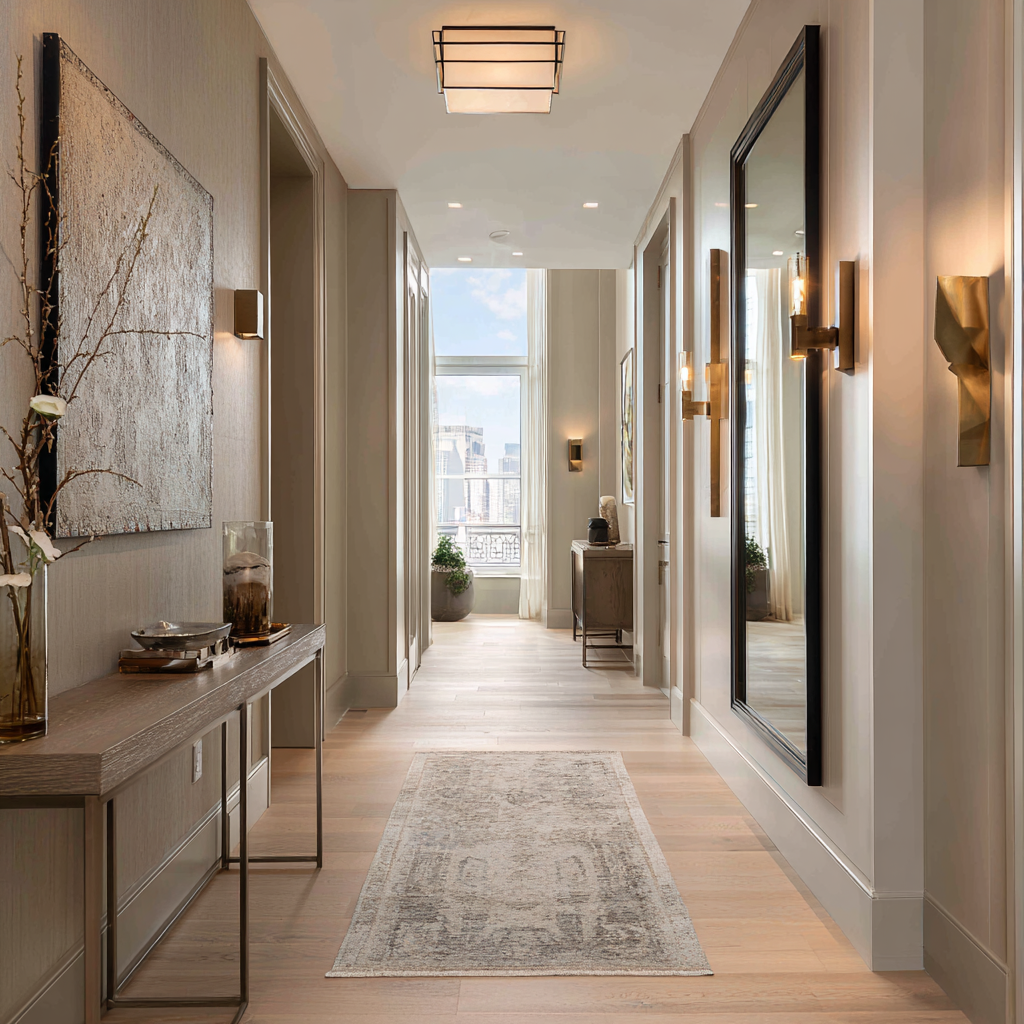
Textiles and tactile surfaces change how a hall feels underfoot and in the mind. A runner is the single most influential textile decision in a narrow corridor: its width, pattern scale, and edge treatment determine whether the space reads elongated or contained.
For width, choose a runner that leaves an equal strip of floor visible on each side — this framing effect makes the floor feel broader. Narrow runners that match the corridor width too closely can emphasize length; a slightly wider runner with a visible border provides balance. Pattern matters: large-scale, longitudinal patterns will exaggerate length; opt for transverse motifs, small repeats, or a central medallion to provide periodic stopping points. Natural-fiber runners (jute, sisal) add earthy texture and grip, while low-pile wool runners add softness with durability.
Beyond rugs, wall or ceiling textiles can reduce echo and add warmth. A fabric-covered panel or a slim tapestry at the far end establishes a focal point and shortens perceived depth. If the hall is echoey, consider slim acoustic panels behind art or integrated into wainscoting to absorb sound — a functional move that also signals comfort.
Layering textures — a matte-painted wall paired with a glossy frame, or a raw wood console with a silk runner — gives the eye varied surfaces to register, creating a sense of richness that counters bland elongation. Small additions like stitched cushions on a bench, woven baskets tucked underneath, and ceramic trays for keys add human scale and tactile interest.
Lastly, seasonal swaps are a subtle long narrow hallway decorating ideas tactic: switch runners, cushions, or framed prints seasonally to keep the hallway feeling curated and fresh. These tactile strategies make the corridor feel less like a transit spine and more like an intentional chapter in the home’s story.
Functional styling: drop zones, plants, and last-mile details

A hallway should solve real-life needs. The best long narrow hallway decorating ideas include purposeful functional styling so the space supports daily routines while staying elegant.
Design a small drop zone for keys, mail, and masks — a narrow floating shelf with a shallow catch-all bowl and slim hooks above is ideal. If you need seating, a built-in recessed bench with cushion solves shoe changes without blocking the path. Integrate smart storage: slim shoe cabinets, vertical umbrella holders, and narrow mail sorters that hang on the wall keep clutter out of the walking lane.
Greenery makes a hall feel alive, but choose plants with a narrow profile or moveable planters on low stands. Hanging plants or wall-mounted planters free the floor. Use plants to create micro-destinations: a tall, narrow plant at the hall’s midpoint breaks the length; a small grouping at the end creates closure.
Small-scale tech upgrades improve function: a wall-mounted charging station for phones, invisible cable management, and a slim motion sensor light for safety are modern touches that don’t crowd the space. For families, add clever kid-friendly elements: a chalkboard strip at child height for notes, or a slim basket system labeled for each family member to prevent key piles.
Styling finishing touches matter: keep a limited palette for accessories, choose reflective finishes sparingly, and curate the top of consoles with one or two signature objects rather than many small trinkets. Finally, maintenance matters: select washable textiles and durable finishes for high-traffic halls so your beautiful solutions stay beautiful. These functional long narrow hallway decorating ideas ensure the corridor becomes a cherished, purposeful part of the home rather than an obstacle.
-

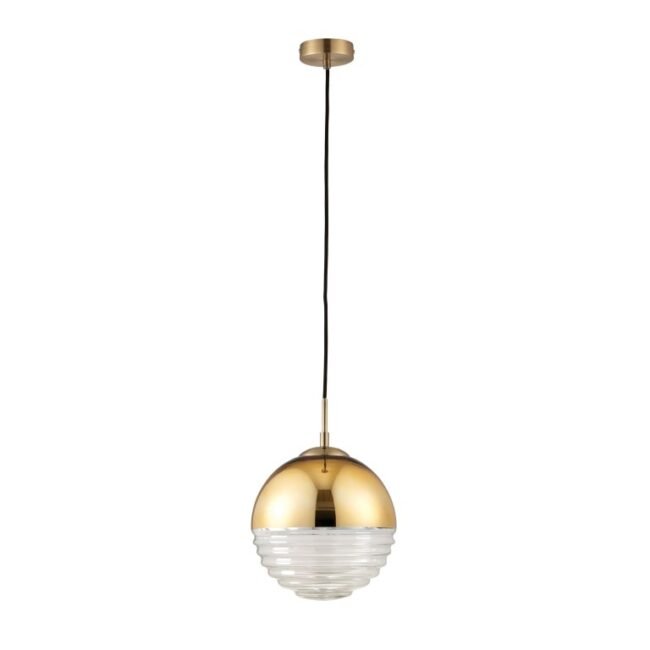
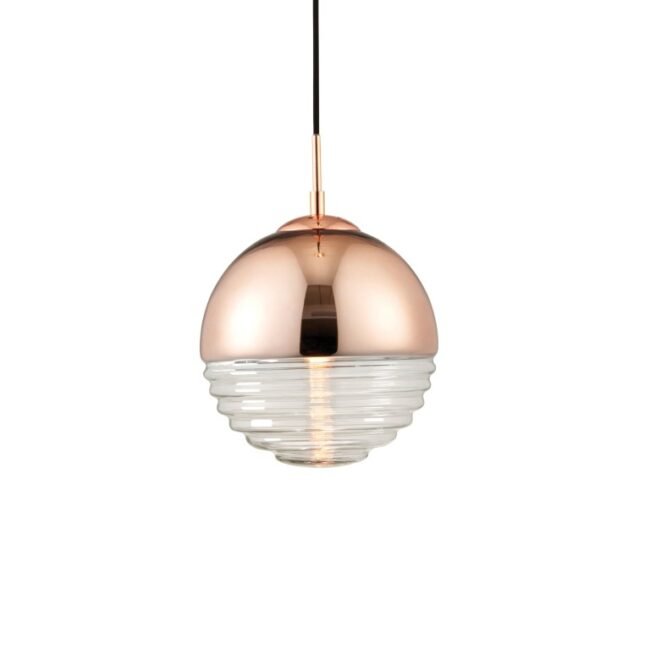


Aloma Pendant Light
£94 Select options This product has multiple variants. The options may be chosen on the product page -

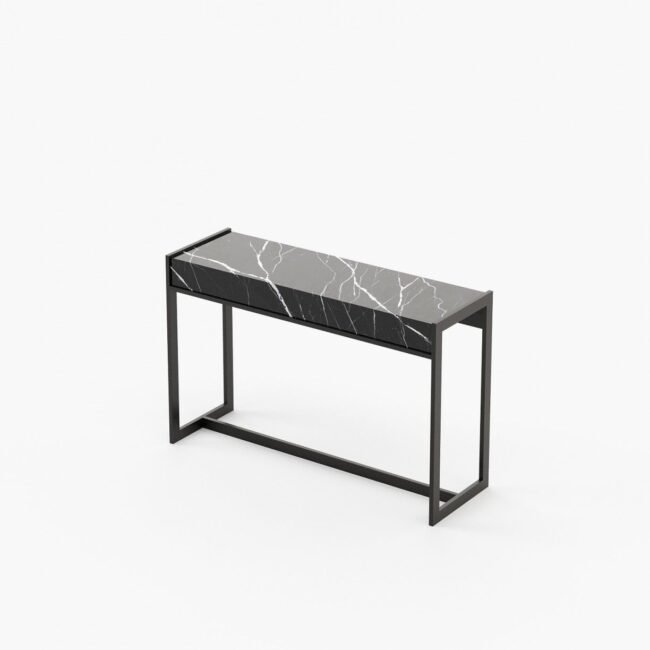
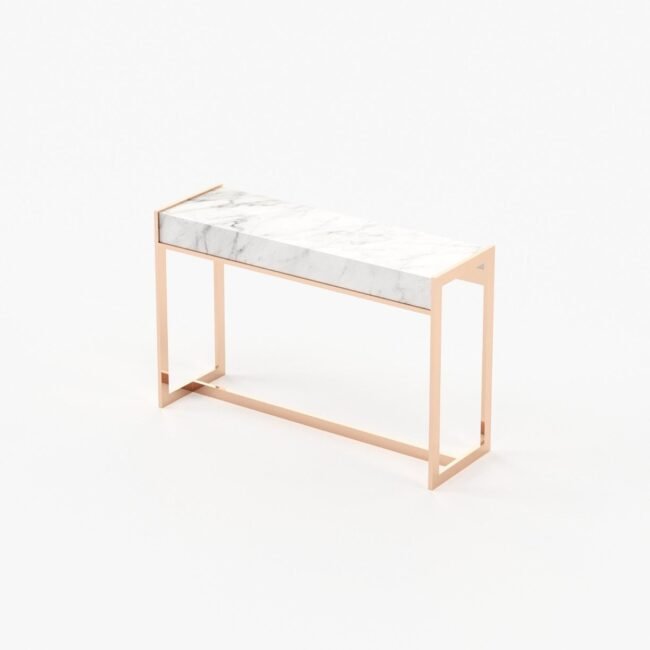
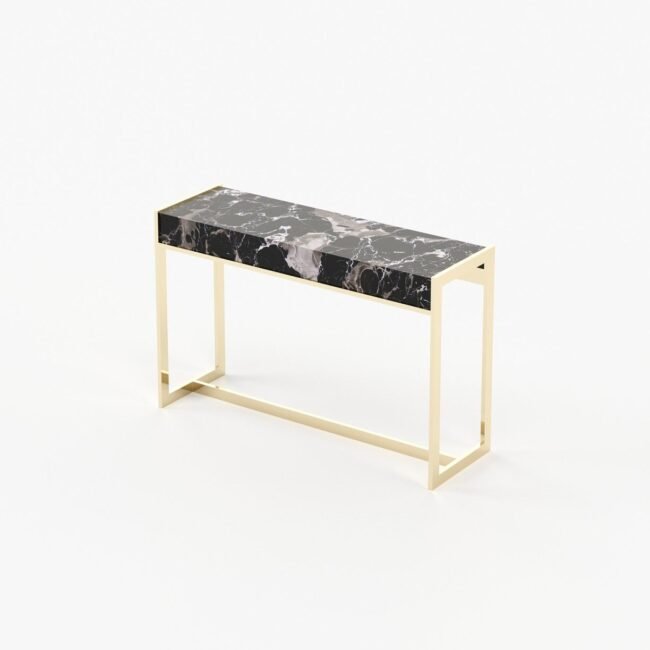
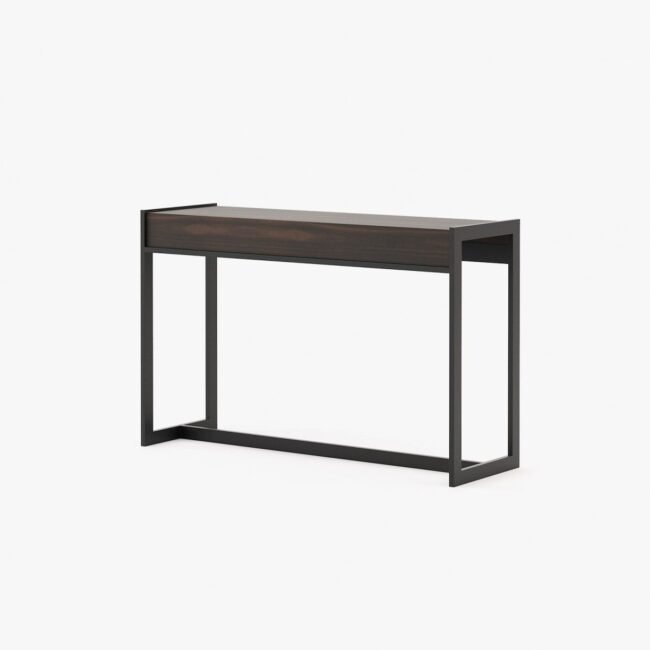

Anthony Console Table
£2,716 – £7,393Price range: £2,716 through £7,393 Select options This product has multiple variants. The options may be chosen on the product page -








Discs Wall Sculpture
£268 Add to cart
Turning the Passage into a Statement
A long narrow hallway is not a design problem — it’s an opportunity. With straightforward interventions in paint, lighting, furniture choice, textiles, and curated styling you can transform an overlooked corridor into a memorable design moment. Remember the core principles: break the linear sweep with focal points, use lighting to layer and soften perception, choose slim and suspended furniture to keep the floor plane clear, and employ texture and rhythm to give the eye a sequence of short, readable beats instead of one endless line.
Start small if you need to: new sconces and a runner will deliver a dramatic lift for modest cost. If you have the budget, consider permanent changes like recessing storage or re-laying floorboards perpendicular to the length — these investments pay dividends in both daily life and long-term home value. Most importantly, edit ruthlessly: in a narrow environment, every object competes for attention, so choose fewer pieces and make them count.
Use the long narrow hallway decorating ideas in this post as a toolkit: mix optical tricks, layered light, slim storage, and curated styling in combinations that respond to your floor plan and lifestyle. The goal is a hallway that guides — not just moves — people through the home: a corridor that feels intentional, welcoming, and entirely yours.

